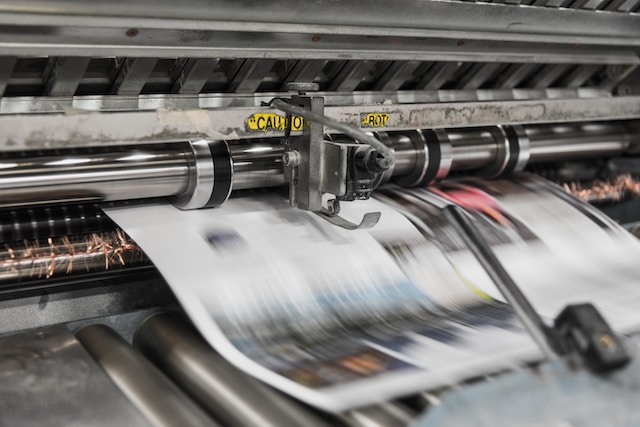At Extend Education we are very familiar with the publishing process. We are also very passionate about it (most people in publishing are!) and can easily forget that aspiring professionals and authors might not be as familiar with it as we are. So we’ve decided to give you a very simplified overview of the publishing process – more or less, anyway. Obviously, every publisher has their own processes and no project is ever straightforward enough to neatly tick off all the steps in the correct order, but hopefully this will give you an idea.
1. Research
There’s not much point producing a brilliant book if there’s already ten brilliant similar books out there. This involves looking at the market and talking to teachers, schools and students about what subjects are under-resourced and what products they wished existed but don’t.
2. Idea creation
We think of possible ideas, building on what we have learned in the research to address problems that have been brought to our attention and what would be most helpful to teachers and students.
3. Costs and planning
When we have narrowed down to one or two ideas, we develop them further (often with some more feedback) and plan the production cost so we can keep them affordable for schools.
4. Author research

We want our books to be authored by experts in the subject. When we know what subject and target age our new product will be, we research possible authors and discuss the idea with them. Often they have valuable suggestions too, which shape the book further.
5. Authoring
This is often the longest part in the process. After some rounds of feedback and briefing, the author writes the draft manuscript for the book.
6. Development edit
A development edit looks at the manuscript as a whole. A development editor might restructure the text, check the tone is correct for the target age and ensure nothing is missing.
7. Copyedit
A copyedit looks at the words/grammar in the manuscript. This will involve logging images, styling the text ready for the designers, making sure captions match images and, of course, editing the words. The manuscript gets designed after this step.

8. Proofreads
When the manuscript comes back from the designer, it is now laid out like it would be in the final book. Proofreaders give the words another edit, as well as checking layout (such as making sure pictures and feature boxes are where they are meant to be). There can be a few proofreading rounds to get it all right.
9. Subject matter expert (SME) review & answer checks
We always get our books checked by external subject experts. Involving professionals means we get another pair of eyes on the book and ensures an extra check of the content and the answers. Any mistakes that have crept in are discovered and our subject matter experts can offer another viewpoint or improvements we haven’t considered.
10. Final sign off
After all the changes have been compiled and made, we give it a last look over here. This is the last check to make sure everything looks like it should (e.g. are the page numbers correct and match the contents page, are the images high resolution) before sending it off to the printers.
11. Files go to print
Depending on where the printers are based, it can take a few weeks or a month before we get the shiny new finished book in our hands.

There are other processes that happen at the same time, such as designing the cover, checking the rights and permissions (more on that another time), artwork creation, audio recording and marketing, but this should give you a rough idea of the editorial side of the process!


